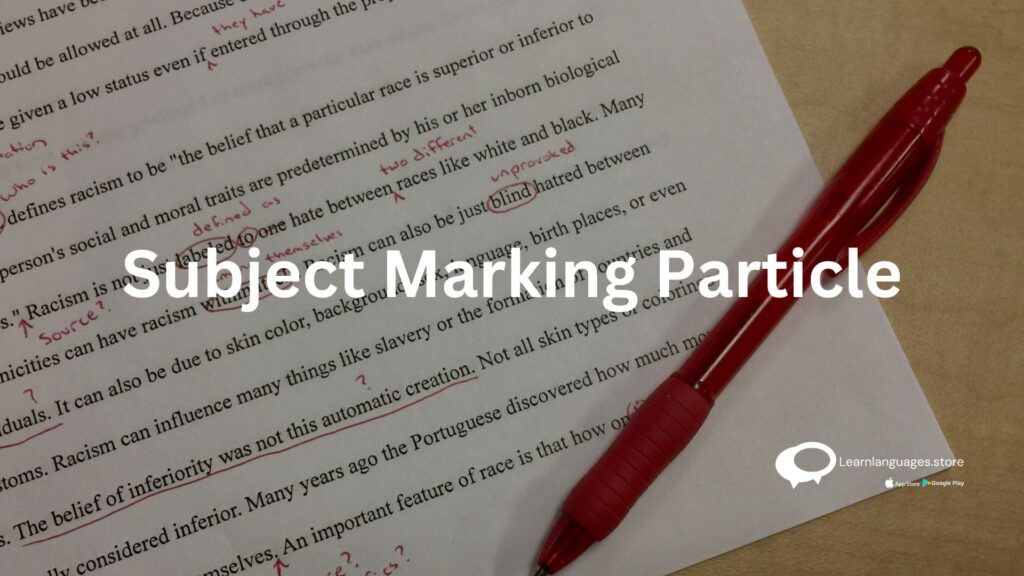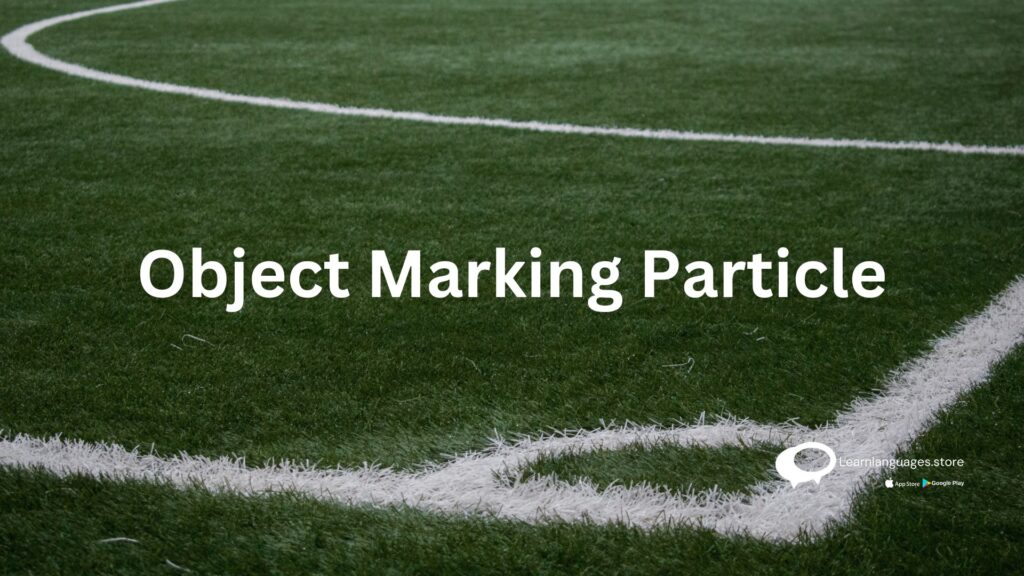The 6 Most Common Korean Particles and How to Use Them
The 6 Most Common Korean Particles and How to Use Them
Korean particles communicate meanings and relationships in sentence structure and syntax. For Korean language proficiency, it is necessary to comprehend these particles. Article discusses six Korean particles, their usage, and their definitions.
Estimated reading time: 4 minutes
1. 이/가 (Subject Marking Particle):

Subject-marking particles (i) and (ga) identify a sentence’s subject, affecting vowels and consonants. These prepositional phrases aid in locating the sentence’s subject and separating it from other aspects.
Example:
- 나는 학생입니다. (Na-neun haksaeng-imnida.) – I am a student.
- 지금 공원이 아름답습니다. (Jigeum gongwon-i areumdapsumnida.) – The park is beautiful now.
2. 을/를 (Object Marking Particle):
Direct object of phrase indicated by particle-marking particles (eul) and (reul), with prefixes for consonants and vowels for vowels. These subatomic particles aid in describing the subject’s action.

Example:
- 사과를 먹어요. (Sagwa-reul meogeoyo.) – I eat an apple.
- 편지를 썼어요. (Pyeonji-reul sseosseoyo.) – I wrote a letter.
3. 에 (Location/Time Particle):

A particular place or time is denoted by the particle (e). It frequently follows nouns and aids in describing where or when an action is occurring.
Example:
- 학교에 가요. (Hakgyo-e gayo.) – I am going to school.
- 저녁에 영화를 볼 거예요. (Jeonyeok-e yeonghwa-reul bol geoyeyo.) – I will watch a movie in the evening.
4. 에서 (Location Particle):

The particle “eseo” is used to denote the beginning of an action or the place where it is occurring. It frequently follows nouns.
Example:
- 집에서 출발했어요. (Jibeseo chulbalhaesseoyo.) – I departed from home.
- 도서관에서 공부해요. (Doseogwan-eseo gongbuhaeyo.) – I study at the library.
5. 에게/한테 (Dative Particle):

The recipients of an action or the targets of an action are denoted by the dative particles (ege) and (hante), respectively. While is more informal, is more formal.
Example:
- 선생님에게 선물을 줬어요. (Seonsaengnim-ege seonmul-eul jwosseoyo.) – I gave a gift to the teacher.
- 친구한테 전화했어요. (Chinguhan-te jeonhwahaesseoyo.) – I called my friend.
6. 도 (Also/Too Particle):
The preposition (do) is used to convey the addition of something as well as the words “also” and “too.” It frequently follows nouns and pronouns.
Example:
- 저도 한국어를 공부해요. (Jeodo hangugeo-reul gongbuhaeyo.) – I study Korean too.
- 친구도 같이 갈 거예요. (Chingudo gat-i gal geoyeyo.) – My friend will also go together.
Conclusion:
Mastering Korean particles is essential for constructing grammatically correct sentences and conveying precise meanings. In this article, we discussed the six most common Korean particles: 이/가, 을/를, 에, 에서, 에게/한테, and 도. By understanding their functions and practicing their usage, you’ll be able to enhance your Korean language skills and communicate more effectively.
Learn Languages Store
Vashi,
Email: services@learnlanguages.store










